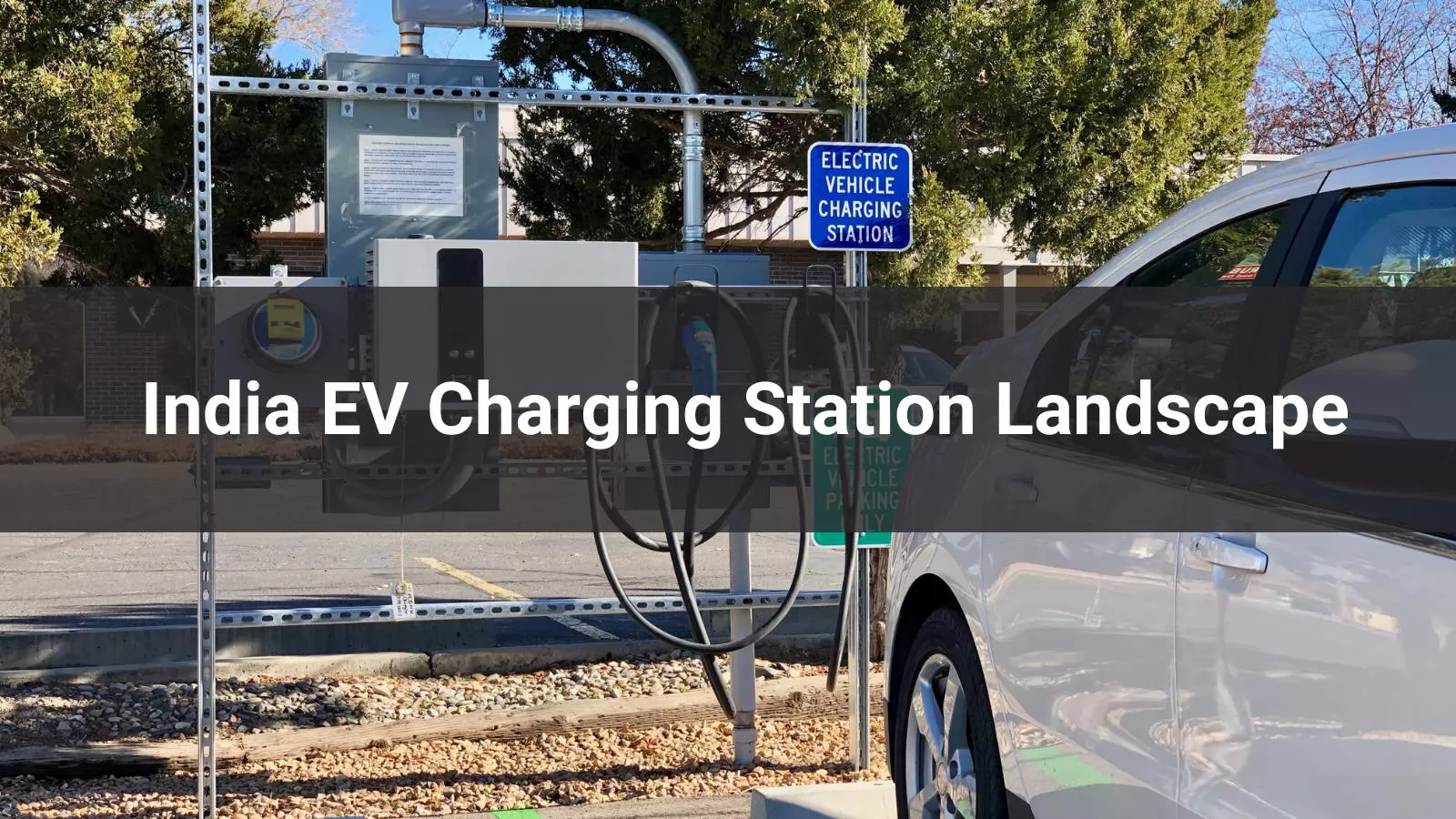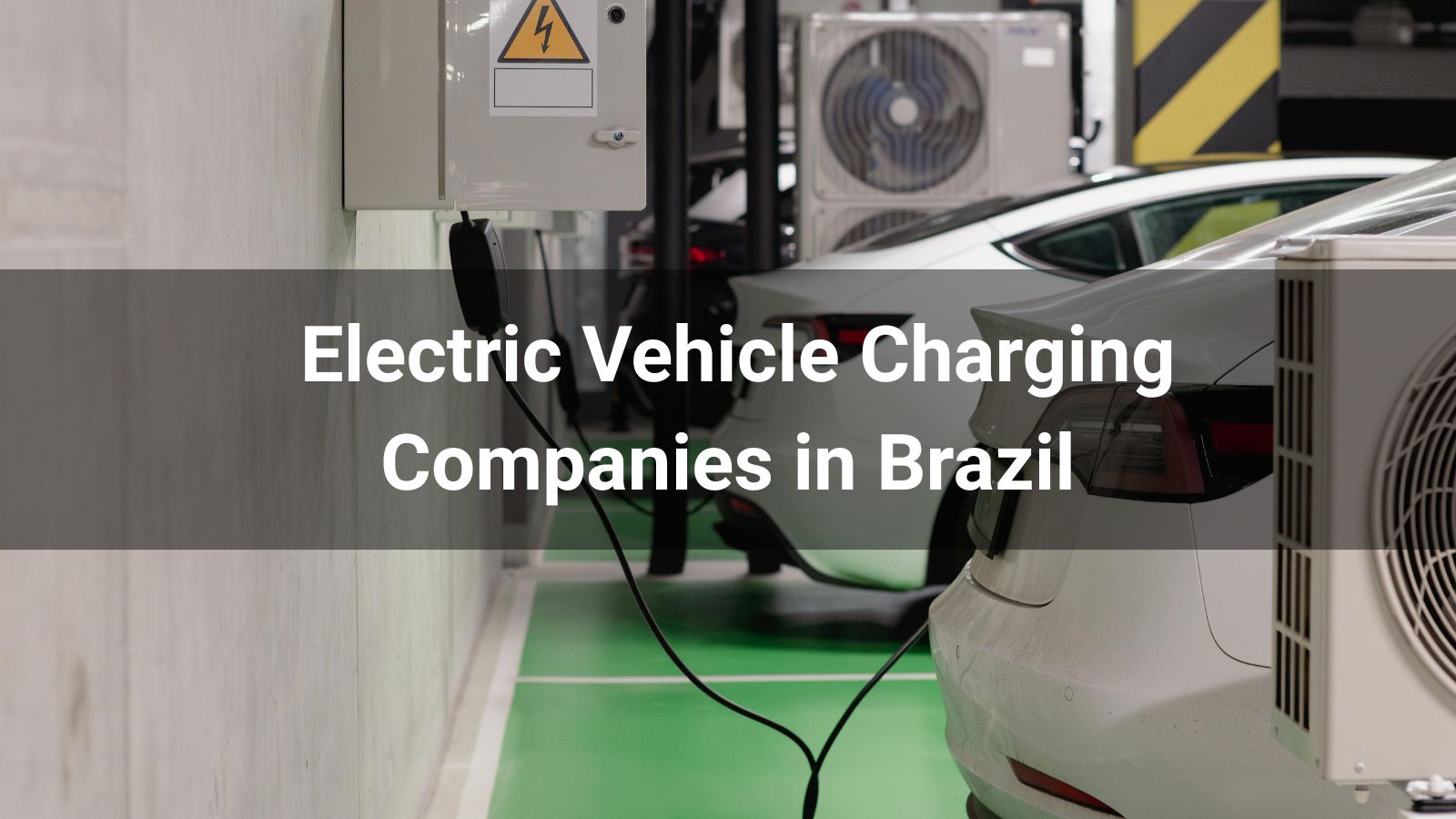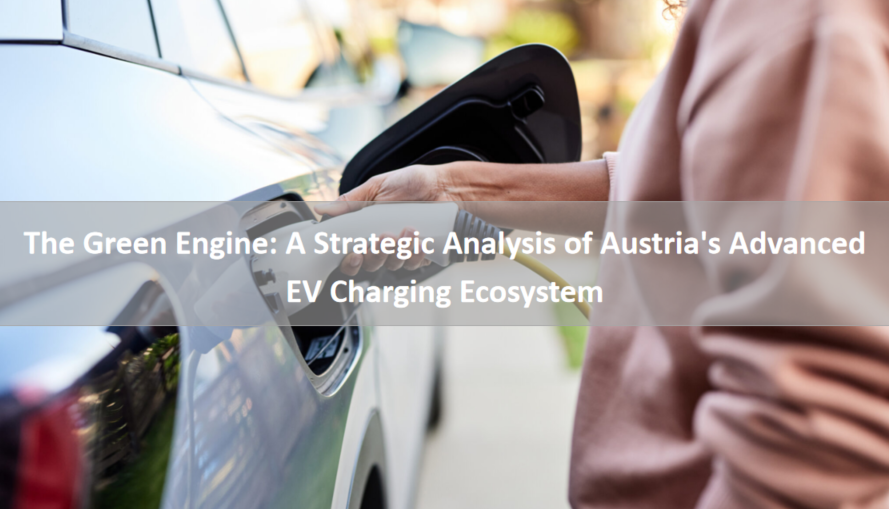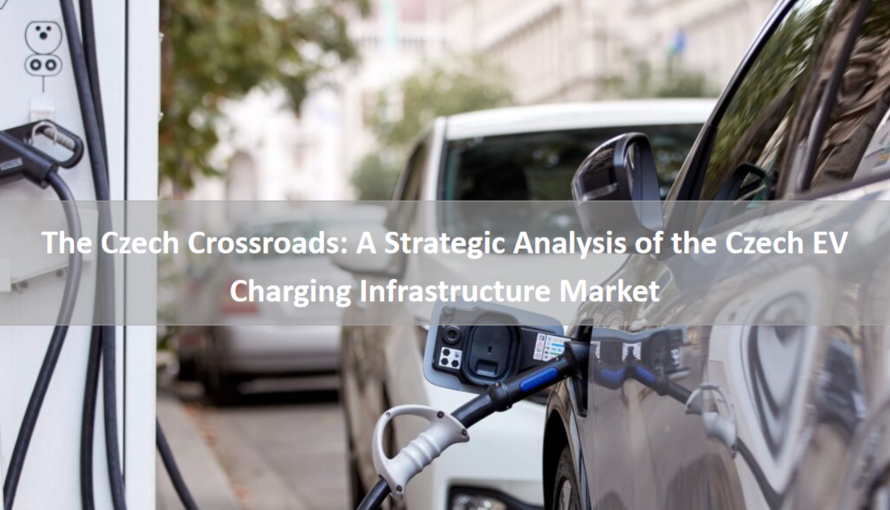
India is on the cusp of an electric vehicle (EV) revolution, driven by ambitious government policies, rising consumer demand, and rapid advancements in technology. As of 2025, the country’s EV charging infrastructure is expanding at an unprecedented pace, yet it grapples with significant challenges, including uneven distribution, grid reliability, and interoperability issues. With urban centers leading the charge and rural areas lagging behind, the development of a robust, equitable, and sustainable charging network is critical to unlocking India’s potential as a global EV leader. This report examines the current state of India’s EV charging landscape, key policies, opportunities, challenges, and strategic pathways to shape a future-ready ecosystem.
1. Current Situation & Infrastructure Status
-
Explosive charger deployment, yet persistent gaps:
-
Public/semi-public chargers grew from 6,586 in March 2023 to 12,146 by February 2025, and surged to 29,277 by May 2025.
-
As of end-2025, there were 25,202 public charging stations, concentrated in urban centers—Karnataka (5,765), Maharashtra (3,728), Uttar Pradesh (1,989), Delhi, and Tamil Nadu.
-
EV-to-charger ratio remains sub-optimal:
-
In late 2023, India had 1 charger per 400 EVs, compared to a global average of 1 charger per 7 vehicles in China.
-
Even Uttar Pradesh, a state with high EV adoption (400,000+ vehicles), had a ratio of 135 EVs per charger in mid-2025—far above the ideal 6–20 range.
-
Fast charging remains limited:
-
Only about 35% of chargers are DC fast units nationally.
-
Users report frequent fast charger outages, particularly on intercity routes.
2. Government Policies & Regulatory Measures
-
FAME-II & PM E-DRIVE:
-
FAME-II deployed 1,000 crore toward 7,000 public charging points by end-2025, utilizing 75% of its 893 crore charging budget.
-
PM E-DRIVE (10,900 crore total) allocates 2,000 crore for public chargers and targets 22,100 chargers for four-wheelers by March 2026.
-
Landmark regulation:
-
Mandates for charger spacing: 1 per 3x3 km in big cities, and 1 per 25 km on highways/intercity routes.
-
State-level incentives:
-
Maharashtra’s EV policy waives tolls, mandates chargers every 25 km, and requires EV infrastructure in commercial and housing complexes.
-
Delhi plans fast chargers every 5 km, subsidies, and EV-roadside branding under new policy.
-
Uttar Pradesh’s EV policy includes 300 new stations, tax/subsidy relief, and aims to be a regional EV manufacturing hub.
-
Foreign OEM policy shift:
-
New draft rule caps charging infrastructure investment at only 5% of total investment for tariff relief, signaling greater focus on local manufacturing than charging networks.
3. Development Opportunities
-
Fast-Charger Expansion:
-
OEMs like Tata Motors, Maruti, Hyundai, and MG are scaling networks: Tata plans 30,000 public chargers + 500 “Mega Chargers,” Maruti targets 1,500 chargers at service stations, Hyundai aims for 600 fast units, and MG partners with HPCL.
-
Renewable energy integration:
-
Tata Power’s EZ Charge includes 86,000+ home chargers and 5,300+ public points; BluSmart, Fortum, and IOC are launching solar-based micro-grid solutions.
-
Public-private collaboration & data standards:
-
A coalition (UEI) of ChargeZone, Pulse Energy, and Kazam seeks interoperability and unified payment systems akin to UPI.
-
Government mandates for compliance with Bharat AC-001/DC-001, alongside CCS/CHAdeMO, aim to streamline charger compatibility.
-
Tier-2/3 region potential:
-
Rural and smaller cities lag behind urban hubs; this spatial gap offers new growth avenues supported by solar and local partnerships.
4. Challenges & Constraints
-
High capex & input costs:
-
A 60 kW DC charger costs 3-7 lakh; setup costs including land, grid, and permissions raise total project outlay significantly.
-
Low utilization & ROI concerns:
-
At just 5% utilization, many charging operators-especially smaller CPOs-face delayed returns.
-
Grid reliability issues:
-
Voltage fluctuations and poor rural grid quality frequently result in charger downtime.
-
Land availability and bureaucratic delays:
-
Acquiring premium sites in cities or permissions from RWAs and municipal bodies remains slow and costly.
-
Interoperability & payment fragmentation:
-
Multiple standards and proprietary apps create your friction.
5. Major Players: Profiles & Strategies
Tata Power EZ Charge
-
Over 5,300 public/semi-public points, 86,000+ home chargers, and 850+ bus depot chargers across 530 cities.
-
Plans: Expand to 25,000 public stations by 2028 and 400,000 by 2027 via OEM-led “Open Collaboration 2.0”.
-
Key partnerships include HPCL and Shell for intercity coverage.
Tata Motors (TATA.ev)
-
Launch of “Mega Charger” super-fast hubs and verified charger network.
-
Announced doubling of charge points to 400,000 by 2027: 30,000 new public + 500 megastations.
Jio-bp Pulse
-
5,000 chargers, 40% of which are DC fast units.
-
Faces land/franchise challenges even with strong uptime.
OEM-led efforts
-
Maruti Suzuki: 1,500 chargers at service centers and home installation support.
-
Hyundai: Plan to increase fast chargers from 50 to 600 by 2031; partners with ChargeZone for access to 10,000 chargers.
-
JSW MG: 1,559 chargers, partnered with HPCL.
Fuel retailers & hardware manufacturers
-
Indian Oil, BPCL, HPCL have 18,000 station outlets; BPCL’s network reportedly has 60% non-operational chargers.
-
Servotech: Supplies chargers (AC/DC/up to 360 kW) priced 3–30 lakh units.
-
BluSmart & Fortum: Pilot solar-energy micro-grids powering 150–800 chargers.
Anari Energy
-
Currently, a regional center has been established in Turkey, and actively deploying in the South Asian market with cooperation from many Indian customers.
-
Products cover both AC (7-22kW) and DC (60-360kW) series, including household and commercial use, to meet the charging needs of different scenarios.
6. Outlook & Strategic Pathways
-
Fast-charging as growth linchpin: Elevate DC fast charger share in city-highway corridors (target 35 to 60% by 2030).
-
Solar-hybrid stations: Scale renewable integrations to offset grid instability and lower Opex.
-
Unified UPI-like system: Government should institutionalize UEI for seamless interoperability and payments.
-
Tier-2/3 expansion: Use PPPs and DISCOM integration to roll out rural-first stations.
-
Grid-smart solutions: Deploy energy storage, demand management, smart-charging features to stabilize grid loads.
-
Capex & land solutions: Viability gap funding, land-sharing with petrol pumps, malls, RWAs to lower setup costs.
7. ANARI’s Competitive Advantages
-
Localized agility: In-region presence enables faster compliance with local regulations and responsive in-language customer support.
-
Standards expertise: Full-stack solutions covering IEC/ISO compliance, grid-safety, and cybersecurity exceed local-brand capabilities.
-
Policy navigation: Proven track record obtaining incentives (subsidies, PPPs, tax breaks) streamlines rollout.
-
Cross-border scalability: Regional footprint gives ANARI a strategic edge for multi-country deployments—unmatched by most local firms.
-
Tech integration: Expertise in OCPP-enabled smart-charging and renewables helps meet modern demand for sustainable energy integration.
Conclusion
India’s EV charging infrastructure is at a pivotal juncture, with rapid growth tempered by structural and operational challenges. By prioritizing fast-charging expansion, renewable energy integration, and unified standards, India can bridge the urban-rural divide and enhance user confidence. Strategic public-private partnerships, innovative financing, and technology-driven solutions will be key to scaling the network sustainably. With concerted efforts, India has the opportunity to not only meet its ambitious EV adoption targets but also set a global benchmark for inclusive and resilient charging infrastructure by 2030.
Read more:
10 Best DC Fast Chargers 2025
Top 10 EV Charging Companies in the World 2025
Top 10 DC EV Charger Companies in China 2025








